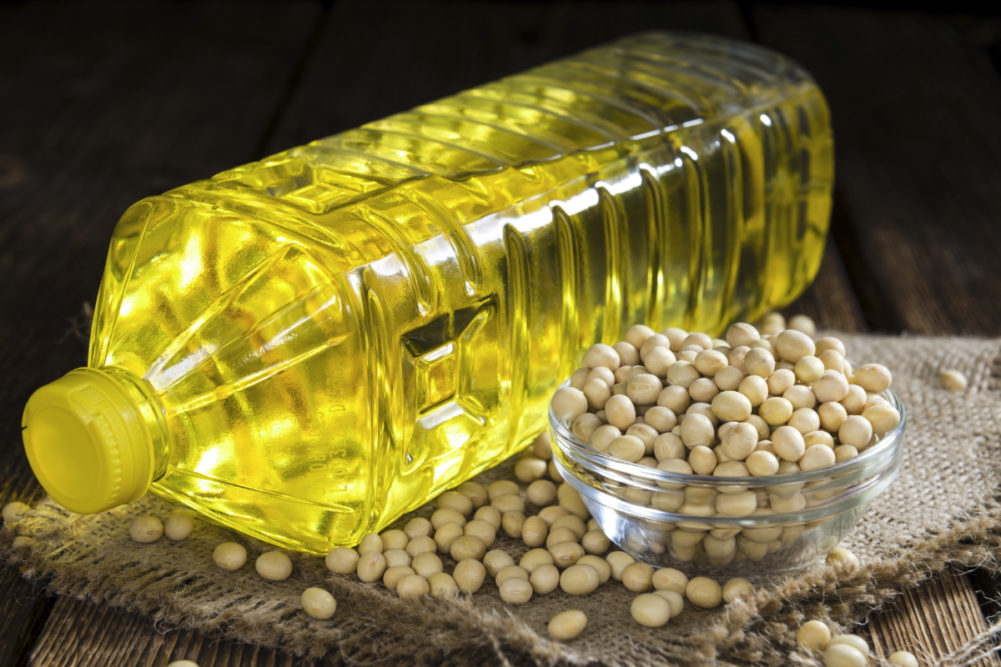TOKYO, JAPAN — The COVID-19 pandemic cut into Japan’s domestic demand for soybeans as eating out shifted to more in-home cooking during the 2020-21 marketing year, according to a Global Agricultural Information Network (GAIN) report from the US Department of Agriculture (USDA). The demand for rapeseed oil jumped while soybean oil demand fell.
Japanese soybean production in the 2021-22 marketing year is expected to increase to 241,000 tonnes, which compared with 221,000 tonnes in the previous year. Domestic production is mainly utilized for food-grade soybeans and it does not contribute to crush.
The USDA forecasts Japan’s consumption for soybean oil in the 2020-21 marketing year at 3.4 million tonnes, a 2.3% decrease compared with the previous year. COVID-19 shifted domestic consumption for soybean oil as the demand for the commodity mainly stems from hotels, restaurants and institutions. In response to the lessened demand, crushers began reducing soybean imports and soybean crush in the summer of 2020.
Japanese crushers are expected to use 2.3 million tonnes of soybeans in the 2020-21 marketing year. The USDA does expect a return to pre-COVID-19 oilseed consumption trends and projects crushers to use 2.4 million tonnes of soybeans in the 2021-22 marketing year.
Japan relies on oilseed imports for domestic demand and imports are expected to decline to 3.12 million tonnes in the 2020-21 marketing year but will recover to 3.26 million tonnes in the 2021-22 marketing year on rebounding demand, the USDA said.





